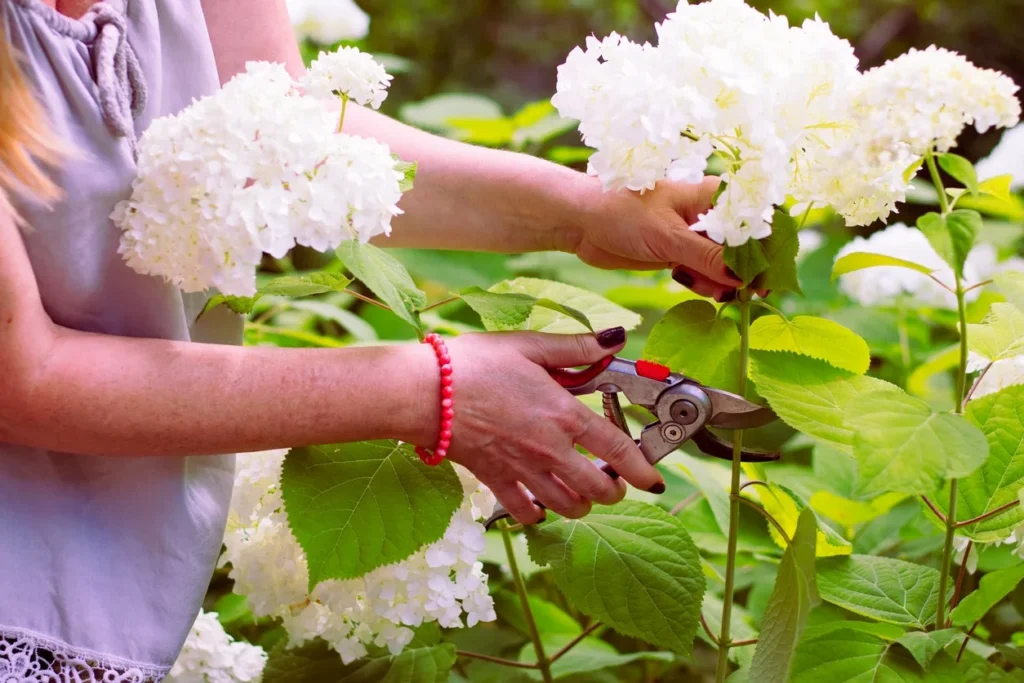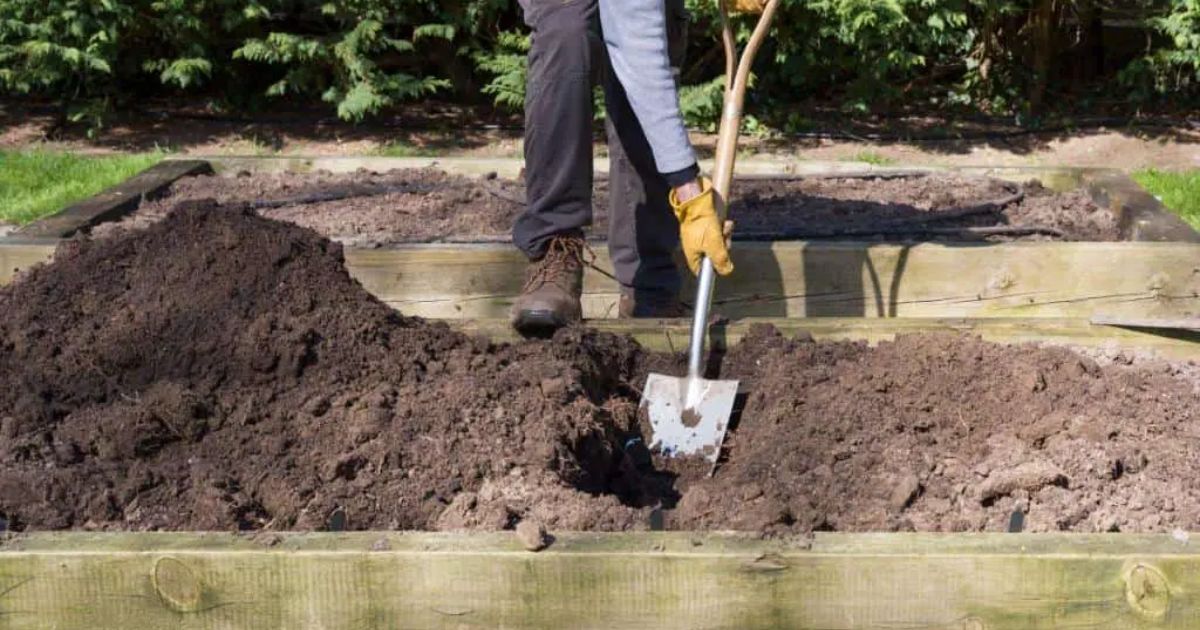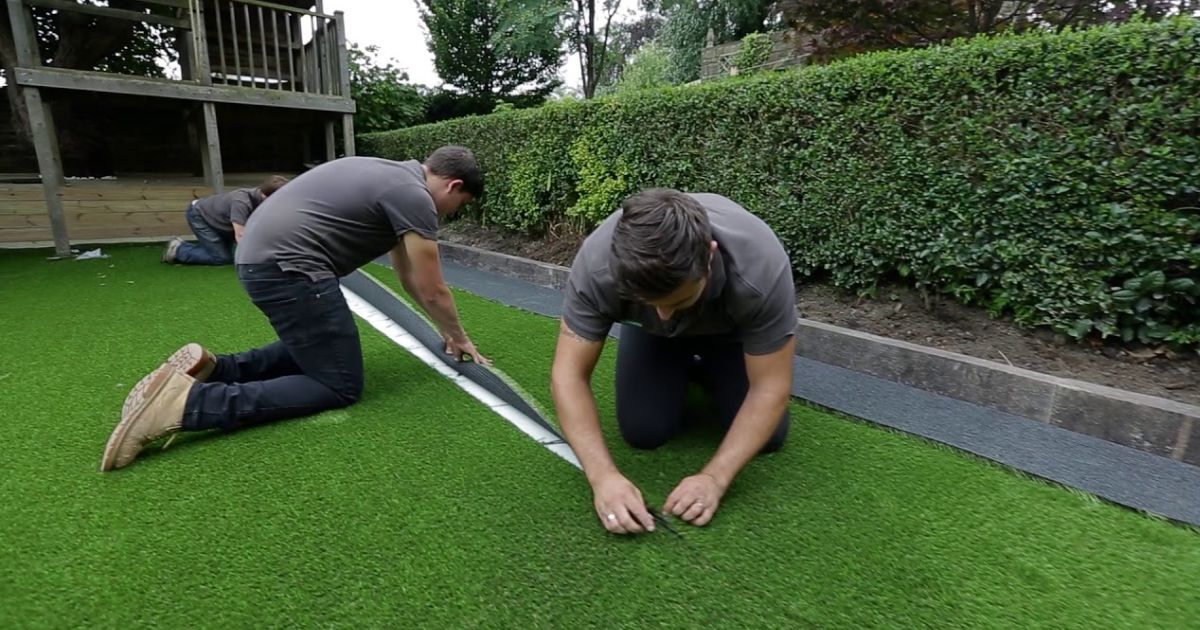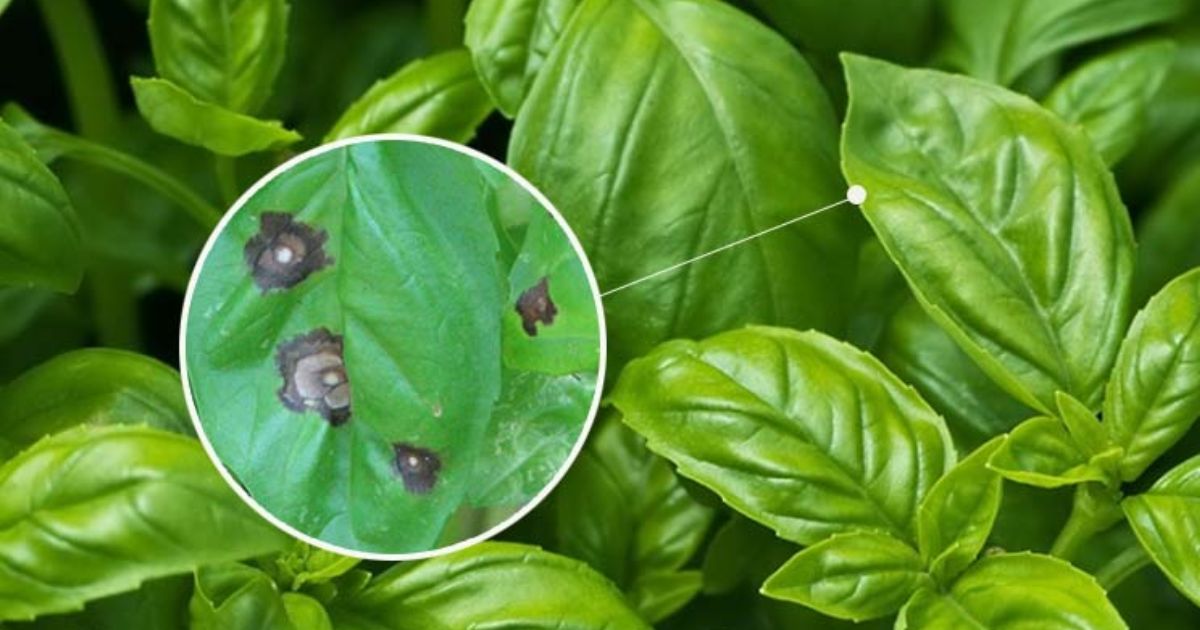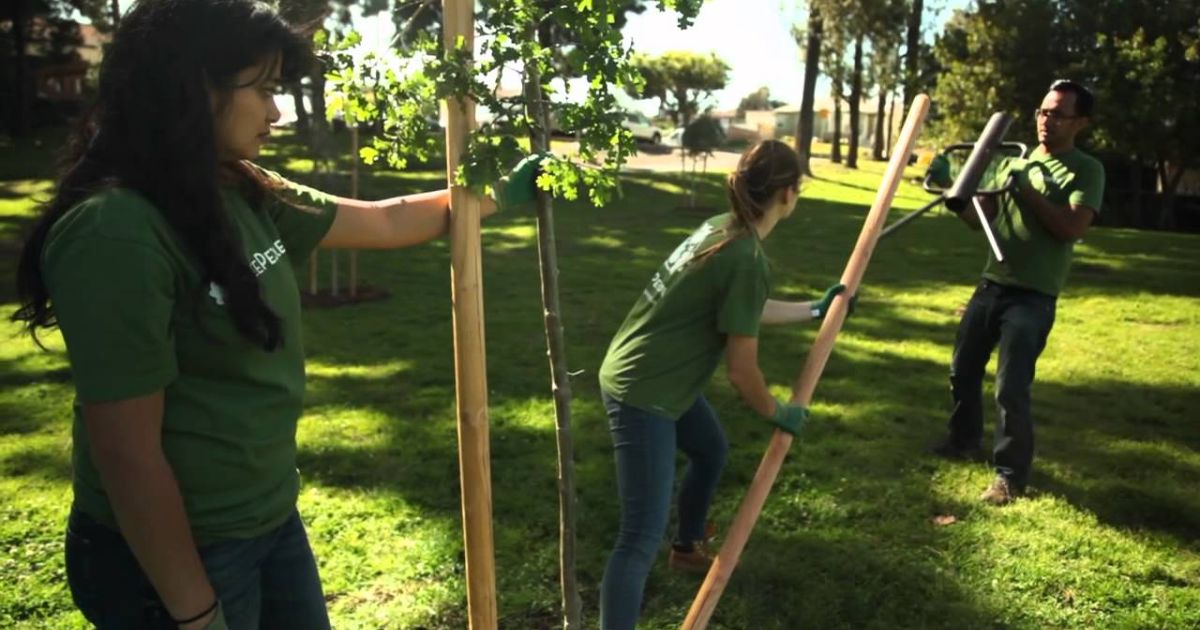Hydrangeas are beloved for their vibrant blooms and lush foliage. Proper pruning is essential to maintaining their health and ensuring beautiful flowers each year. Spring is an ideal time to prune many hydrangeas, but knowing the correct techniques is key. This guide explores the best ways to prune hydrangeas in spring and other essential care tips for healthy growth.
Why Pruning Hydrangeas in Spring Matters
Pruning hydrangeas in spring encourages new growth, removes dead wood, and enhances flower production. Proper pruning also prevents overcrowding and improves air circulation, reducing disease risk. However, pruning at the wrong time or cutting too much can reduce the number of blooms for the season.
How to Prune a Hydrangea in Spring
Step 1: Identify Your Hydrangea Type
Before pruning, it’s crucial to determine what type of hydrangea you have. Different species require different pruning techniques:
- Bigleaf Hydrangeas (Hydrangea macrophylla, including Mophead and Lacecap): Bloom on old wood (last year’s growth).
- Oakleaf Hydrangeas (Hydrangea quercifolia): Bloom on old wood.
- Panicle Hydrangeas (Hydrangea paniculata): Bloom on new wood (current season’s growth).
- Smooth Hydrangeas (Hydrangea arborescens): Bloom on new wood.
- Climbing Hydrangeas (Hydrangea anomala subsp. petiolaris): Require minimal pruning.
Step 2: Trim Dead or Weak Stems
Regardless of the type, start by removing dead, damaged, or weak stems to promote healthy growth. Use sharp, clean pruning shears to make precise cuts.
Step 3: Prune Based on Growth Habit
- For Old Wood Bloomers (Bigleaf & Oakleaf Hydrangeas): Lightly prune to remove weak stems but avoid heavy cutting. If necessary, shape the plant after flowering in summer.
- For New Wood Bloomers (Panicle & Smooth Hydrangeas): Prune hard in early spring, cutting back to 12-18 inches from the ground to encourage vigorous new growth.
How to Trim Hydrangeas in Spring for Maximum Blooms
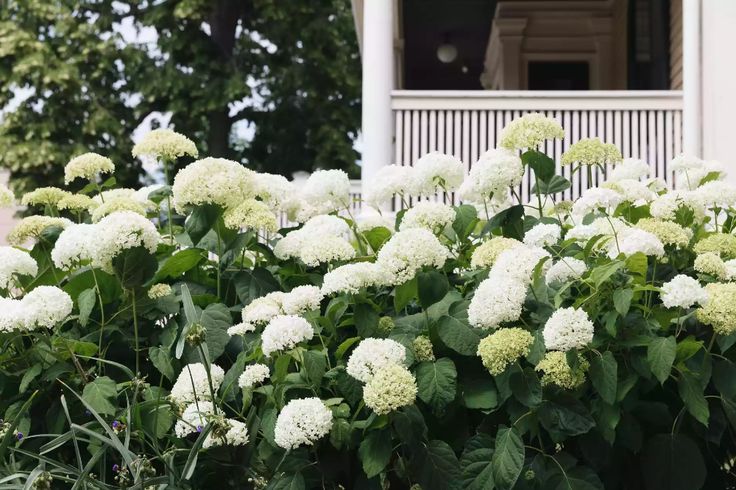
Trimming hydrangeas in spring should be done with care:
- Use sterilized pruning shears to prevent disease spread.
- Just above a bud node, make precise cuts at a 45-degree angle.
- Remove any crossing or overcrowded stems to enhance air circulation.
- Thin out old growth if necessary, especially for mature plants.
Best time to Prune Hydrangeas in Spring
- Ideal timing depends on the plant type and climate.
- Pruning too early can expose plants to frost damage, while pruning too late may reduce blooms.
- Signs that it’s time to prune: emergence of new growth and bud formation.
Tools Needed for Pruning Hydrangeas
Essential tools include:
- Sharp pruning shears
- Loppers for thicker stems
- Gloves for protection
- Disinfectants for tools to prevent disease spread: Keeping tools clean and sharp is vital for effective pruning.
Step-by-Step Guide to Pruning Hydrangeas in Spring
Step 1: Identify Dead or Damaged Wood
- Look for brittle, grayish stems with no buds.
- Trim them at the base to encourage new growth.
Step 2: Remove Weak or Overgrown Stems
- Thin out crowded branches to improve airflow and sunlight penetration.
- Remove crossing or rubbing stems.
Step 3: Shape the Hydrangea for Better Growth
- Trim to maintain a natural, balanced shape.
- Avoid excessive cutting to prevent reduced flowering.
Step 4: Cut Back Based on Blooming Type
- Old wood bloomers: Light trimming only.
- New wood bloomers: Can be cut back by one-third.
Step 5: Clean Up and Mulch Around the Base
- Remove pruned debris to prevent disease.
- To preserve moisture and shield roots, use mulch.
Pruning Hydrangeas for Winter and Fall Care
Should You Prune Hydrangeas for Winter?
Some hydrangeas benefit from light winter pruning, while others should be left alone:
- Old wood bloomers: Avoid cutting them back in winter, as it may remove the next season’s buds.
- New wood bloomers: Pruning is possible in the early spring or late winter. strawberry breeds
Can Hydrangeas Be Cut Back in the Fall?
While some hydrangeas can be cut back in the fall, removing dead or diseased stems is generally not recommended. If not done correctly, fall pruning can lead to winter damage.
Do You Cut Back Hydrangeas in the Fall or Spring?
The best time depends on the hydrangea type:
- Spring pruning: Best for new wood bloomers (panicle & smooth hydrangeas).
- Minimal fall pruning: Only remove dead or damaged stems.
- Summer pruning: For shaping old wood bloomers after flowering.
Propagating Hydrangeas for More Beautiful Plants

Spring is also an excellent time to propagate hydrangeas:
- Select a healthy stem (6-8 inches long) from new growth.
- After removing the lower leaves, put the cut end into the hormone that promotes roots.
- Put the clipping in a soil-filled pot that drains properly and is wet.
- Cover it with plastic to retain humidity and keep it in indirect light.
- Transplant after roots develop, usually in 4-6 weeks.
Spring Care for Hydrangeas
In addition to pruning, follow these tips for optimal hydrangea health in spring:
- Fertilize lightly with a balanced, slow-release fertilizer.
- Mulch the base to regulate the soil and maintain the temperature of moisture.
- Water regularly, especially if spring is dry.
- Examine for illnesses or pests, and take appropriate action.
Pruning Mophead Hydrangeas: Special Considerations
Mophead hydrangeas are a popular variety that requires special pruning care:
- Avoid heavy pruning in spring, as they bloom on old wood.
- Only remove dead or weak stems.
- If reshaping, do so immediately after flowering in summer.
Hydrangea Care Pruning
Pruning hydrangeas properly can make a huge difference in how lush and vibrant they bloom. But the trick lies in knowing your type. There are two main categories: those that grow (such as Bigleaf and Oakleaf hydrangeas) on old wood and those that bloom on new wood (like Panicle and Smooth hydrangeas).For hydrangeas that bloom on old wood, prune right after they flower in summer. This gives them enough time to form buds for next year. Avoid cutting them back in fall or spring, How to Take Hydrangea Cuttings: A Step-by-Step Guide or you risk losing blooms.
For new wood bloomers, prune in late winter or early spring before new growth starts. These types bloom on the current year’s growth, so pruning encourages fresh, strong stems and larger flowers.Always remove dead or crossing branches and spent blooms to keep the plant healthy and neat. Use sharp, clean tools to avoid disease, and don’t be afraid to shape the plant a little if needed.A little pruning can go a long way. Done right, it keeps your hydrangeas happy, blooming, and beautiful season after season.
Aspera Hydrangea: Unique Pruning Needs
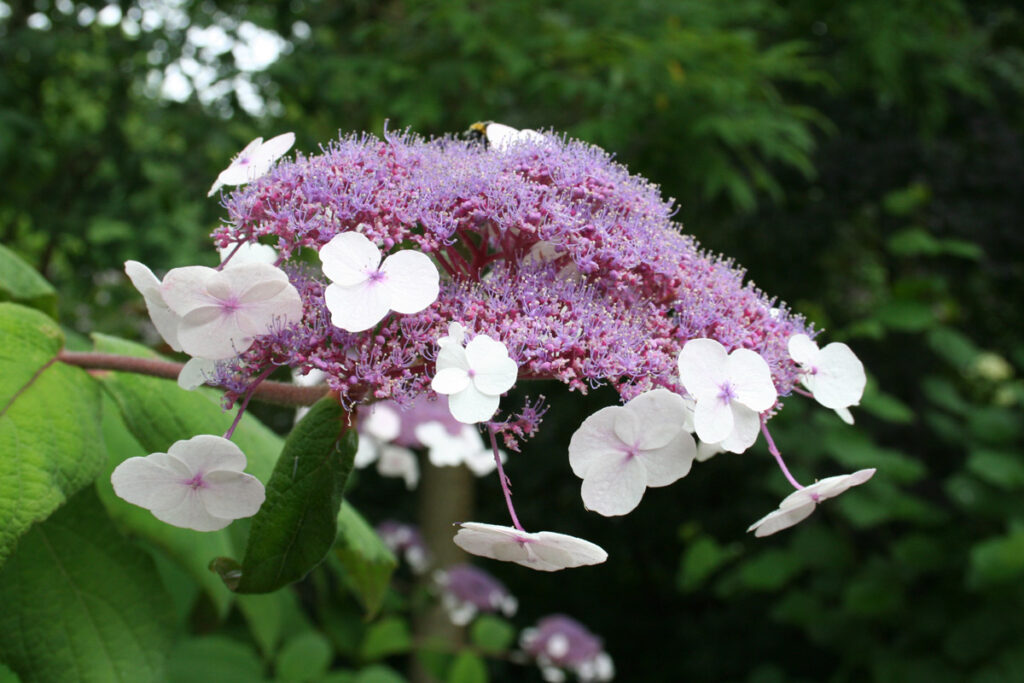
Hydrangea aspera is a lesser-known variety with a stunning appearance. It blooms on old wood, so minimal pruning is recommended:
- In the early spring, remove any damaged or dead stems.
- If reshaping, prune lightly after blooming.
- Avoid cutting back severely, as it may affect flowering.
When to Cut Back Hydrangeas
Knowing when to cut back hydrangeas is key to keeping them blooming beautifully year after year. The best time depends on the type of hydrangea you have.For hydrangeas that bloom on old wood—like Bigleaf (Hydrangea macrophylla), Oakleaf (Hydrangea quercifolia), and Climbing hydrangeas—cut them back right after they bloom in summer. Why Fall is the Best Time to Plant Trees These varieties form next year’s buds shortly after flowering, so late pruning (especially in fall or spring) can remove potential blooms.
For hydrangeas that bloom on new wood—like Panicle (Hydrangea paniculata) and Smooth hydrangeas (Hydrangea arborescens)—the best time to cut them back occurs before new growth emerges, either in late winter or early spring. These types develop buds on the current year’s stems, so pruning stimulates strong growth and better flowers.Always remove dead wood or damaged stems regardless of the season. And remember: a light trim for shape and health is fine any time, but heavy pruning should be timed based on the variety.Understanding your hydrangea’s blooming habit is the secret to pruning success. With proper timing, you’ll be rewarded with lush growth and vibrant blossoms season after season.
Conclusion
Pruning hydrangeas in spring is essential for healthy growth and abundant blooms. By understanding your hydrangea type and following the proper pruning techniques, you can enjoy vibrant, lush flowers throughout the season. Whether trimming, propagating, or preparing for winter, proper care will keep your hydrangeas thriving year after year. when are jerusalem artichokes ready to harvest
By following this guide, you can ensure that your hydrangeas remain healthy, beautiful, and well-maintained. Happy gardening!
FAQs
1. When is the best time to prune hydrangeas in spring?
The best time depends on the hydrangea type. Generally, prune when new growth starts emerging and the risk of frost has passed.spring care hydrangeas
2. How can I tell if my hydrangea blooms on old or new wood?
On aged wood, bigleaf and oakleaf hydrangeas blossom, while Panicle and Smooth hydrangeas bloom on new wood. If unsure, wait until flowering season and observe where the buds form.
3. What happens if I prune my hydrangea too early?
Pruning too early can expose new growth to frost damage, potentially reducing the number of flowers for the season.aspera hydrangea
4. Can I cut my hydrangeas to the ground?
Only Smooth and Panicle hydrangeas can be cut back heavily. Cutting too much will reduce blooming for bigleaf and oakleaf hydrangeas.
5. How do I shape my hydrangea without affecting blooms?
It’s best to prune lightly to get rid of weak or dead stems. For shaping, trim lightly and avoid cutting off too many flower buds.

